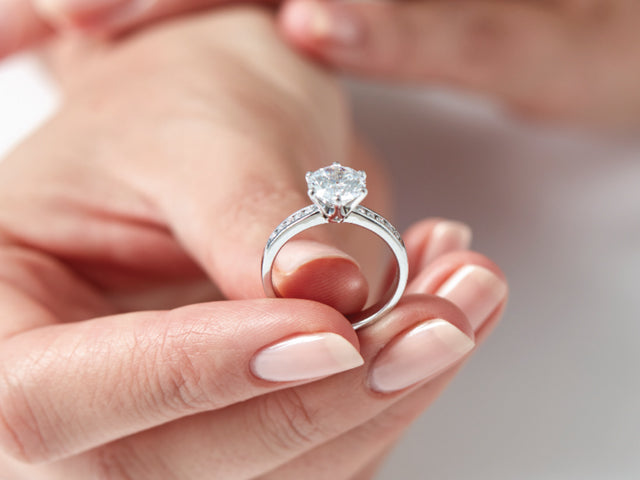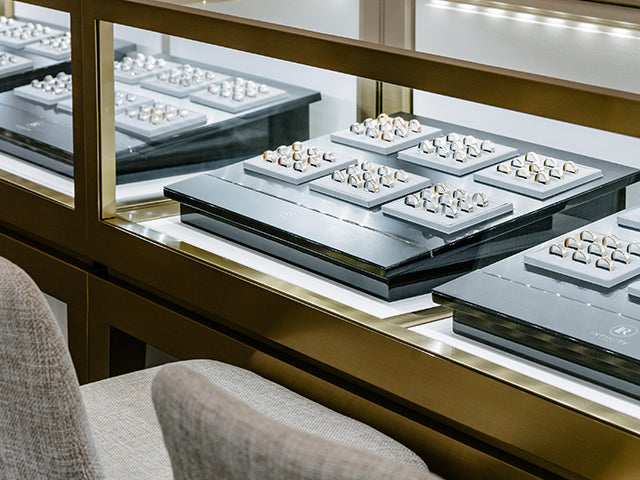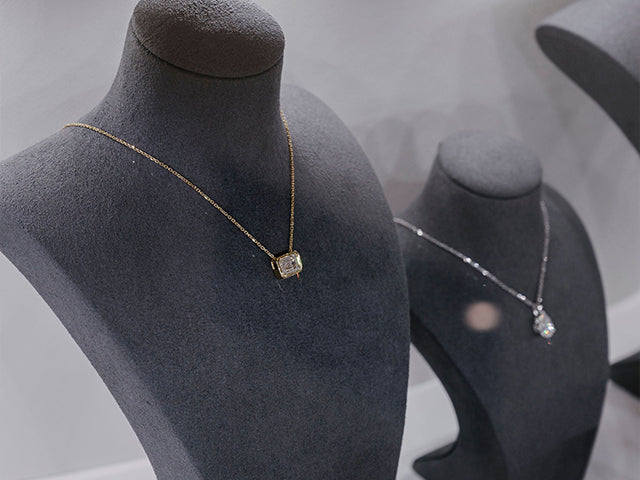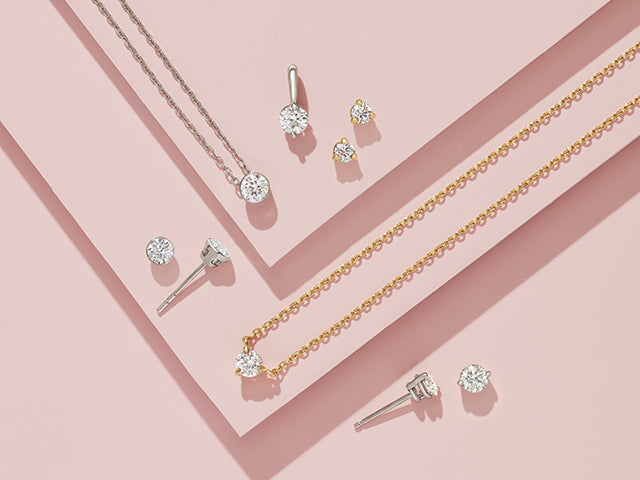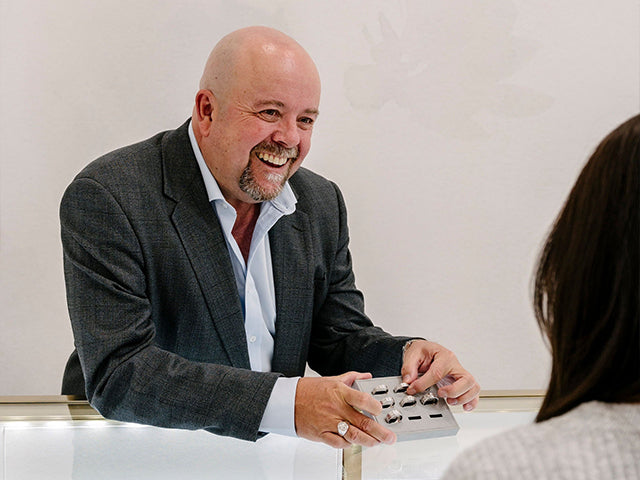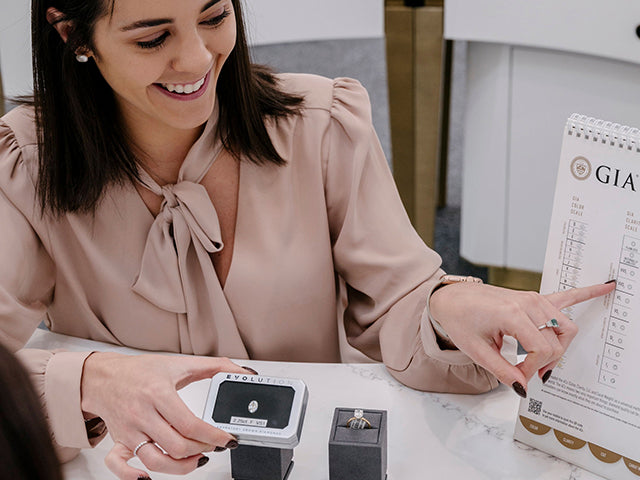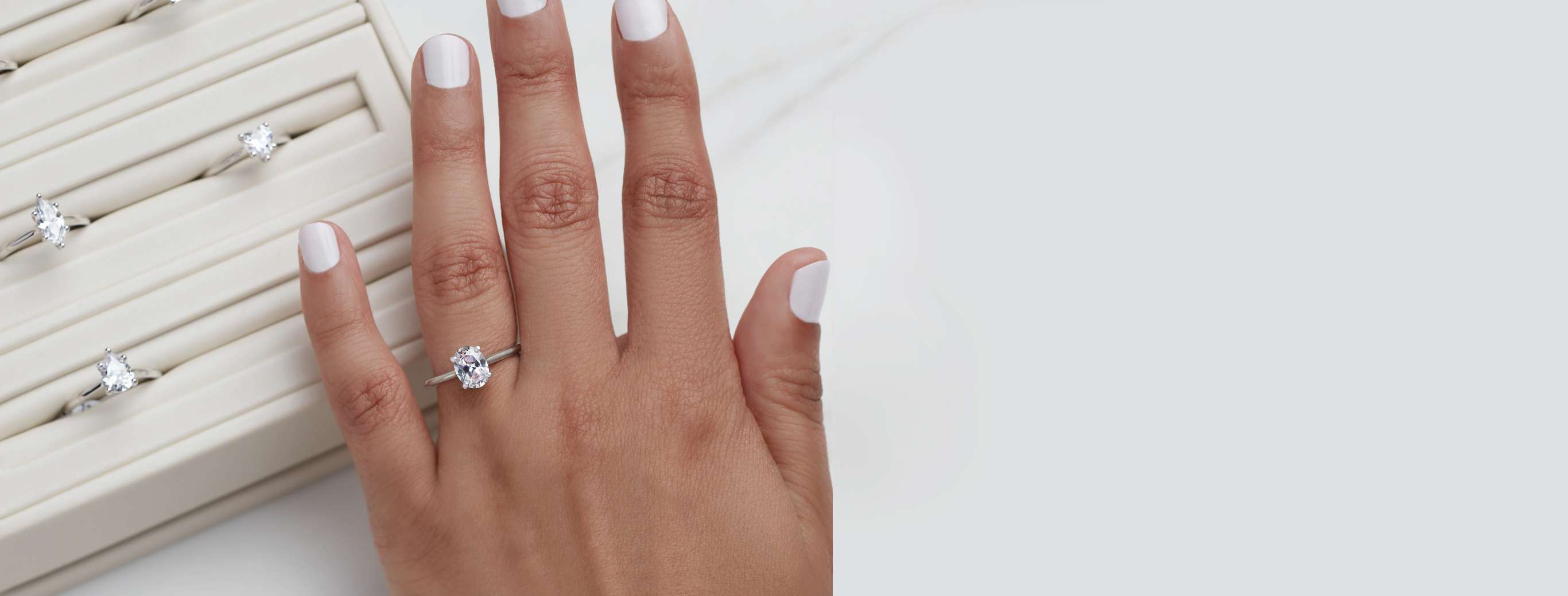Different Diamond Shapes
Diamond shape refers to the geometric appearance of a diamond. Diamond shapes are categorised into two grounds: round diamonds and fancy shape diamonds. Round diamonds, also known as round brilliant cuts, are the most traditional shape. Fancy shape diamonds refer to any diamond that is not a round brilliant.
The 4 C's of diamond selection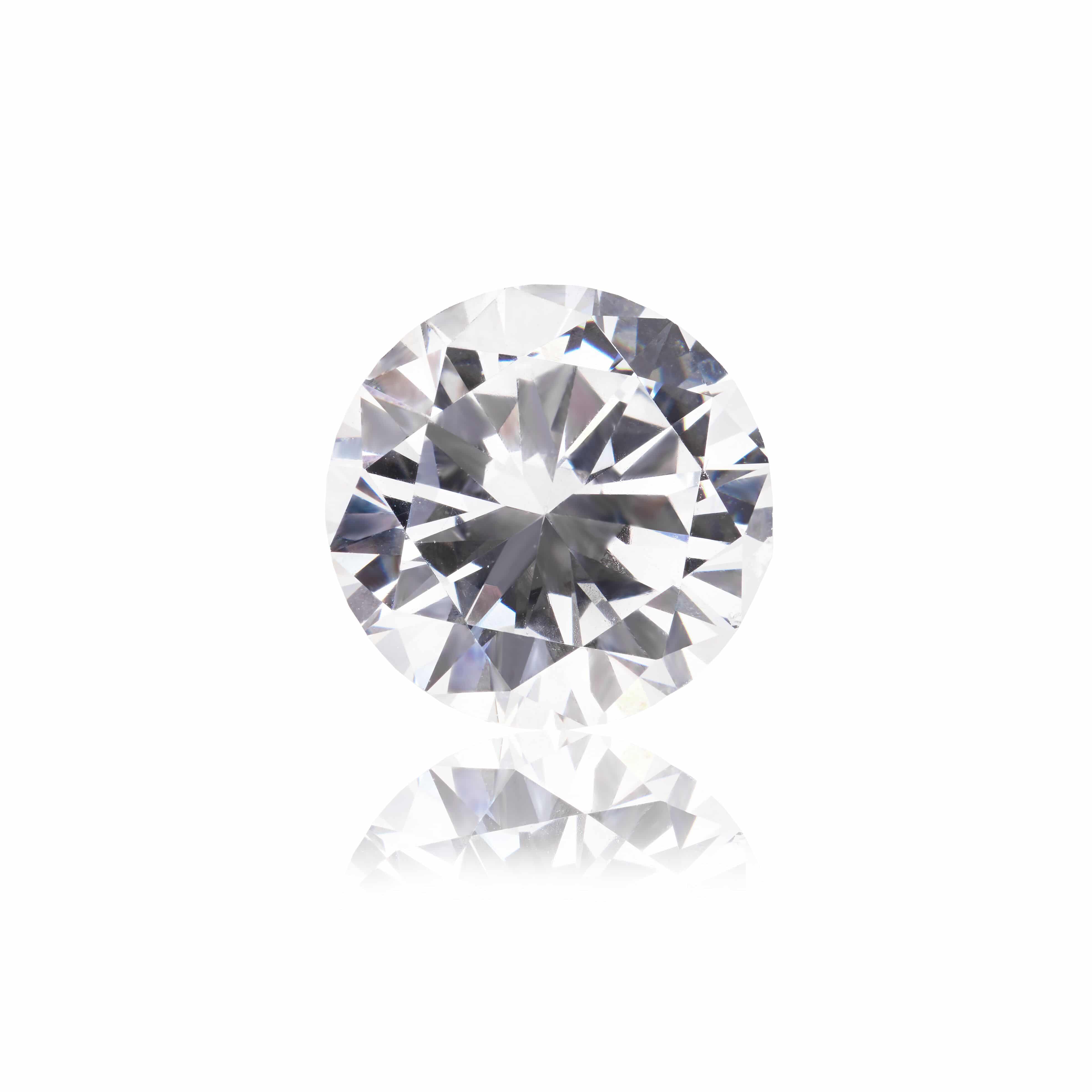
Round Cut
By far the most commonly chosen shape, the round-cut diamond is highly sought after for its incredible brilliance. Round diamonds have been researched extensively by gemmologists seeking to perfect the brilliant cut of these stunning stones. Round-cut diamonds offer more flexibility in terms of balancing cut, colour and clarity grades while giving off incredible fire and sparkle. When everything else is equal – the Four Cs – round cut diamonds are generally more valuable than other shapes.
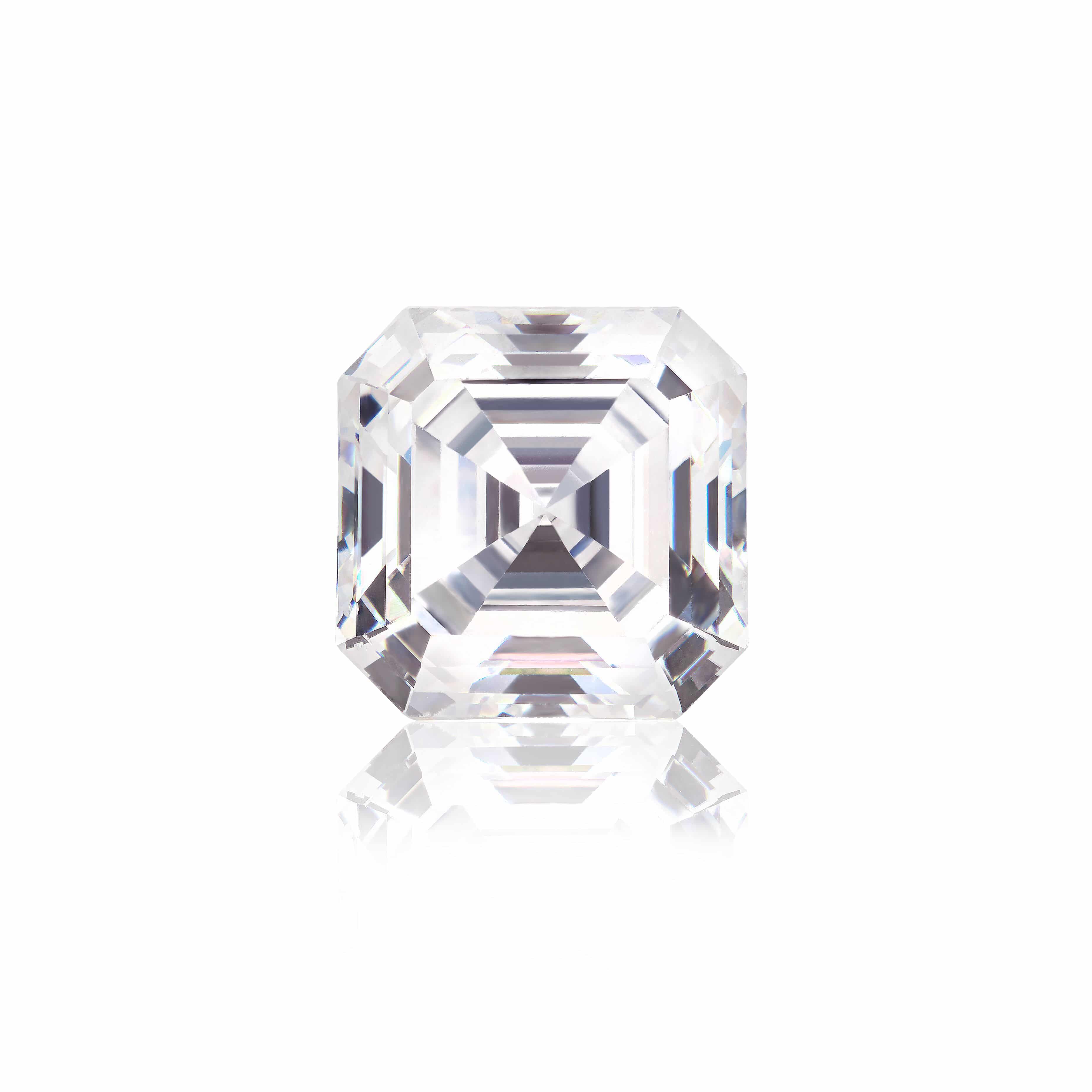
Asscher Cut
This unique shape is very similar to the emerald-cut, except the Asscher is square and its corners are uniquely angled and cropped to create a timeless look. The shape was created in 1902 by the highly-respected diamond cutter Joseph Asscher.
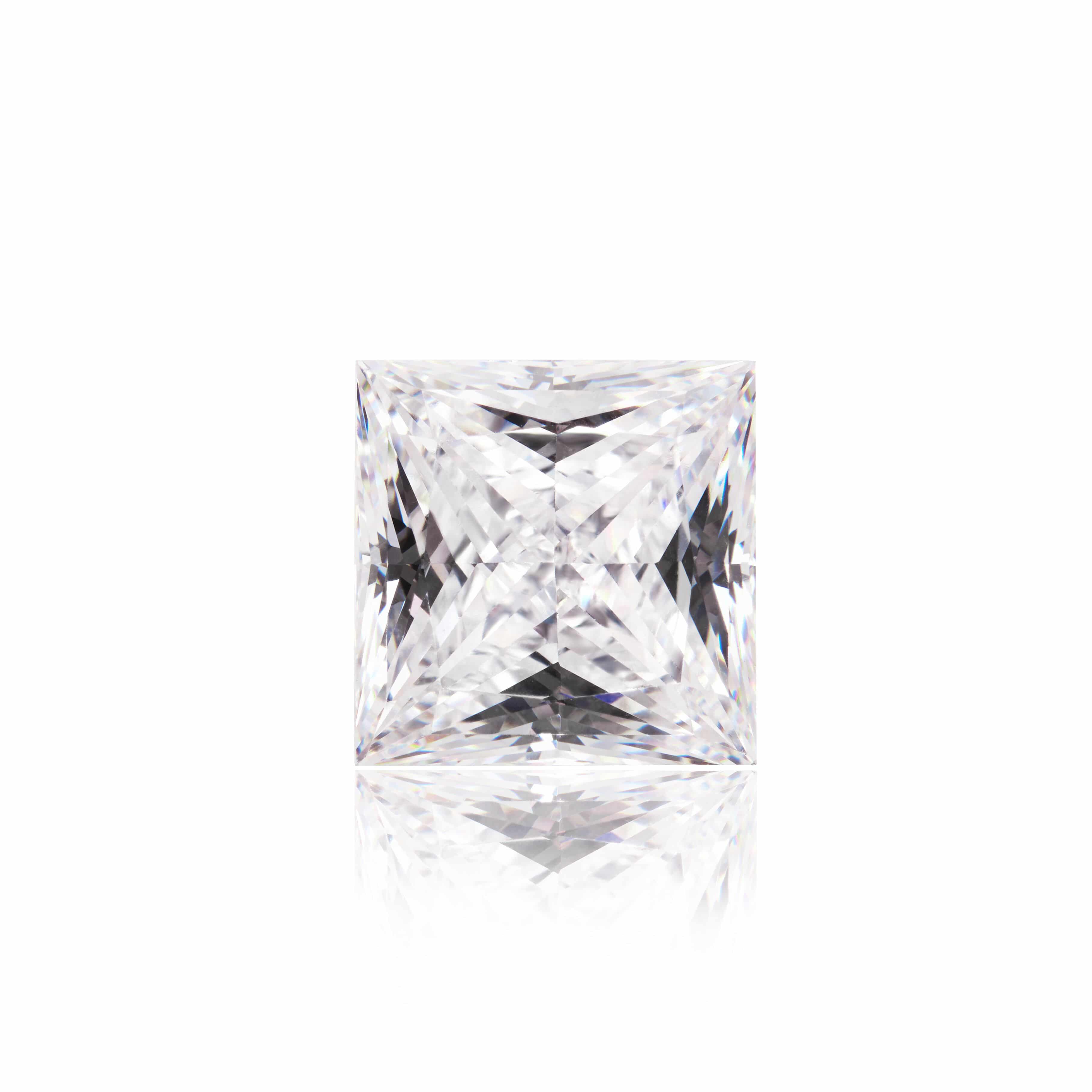
Princess Cut
An extremely popular fancy-shape diamond, the Princess Cut is characterised by its stunning brilliance and unique style. With pointed corners and distinct square shape, it is often referred to as a ‘square modified brilliant’. Its brilliance is given off through its step-modified Double French-cut crown and a series of unique, chevron-shaped facets in the pavilion which create a distinct cross-shaped reflection when the stone is viewed directly through the table.
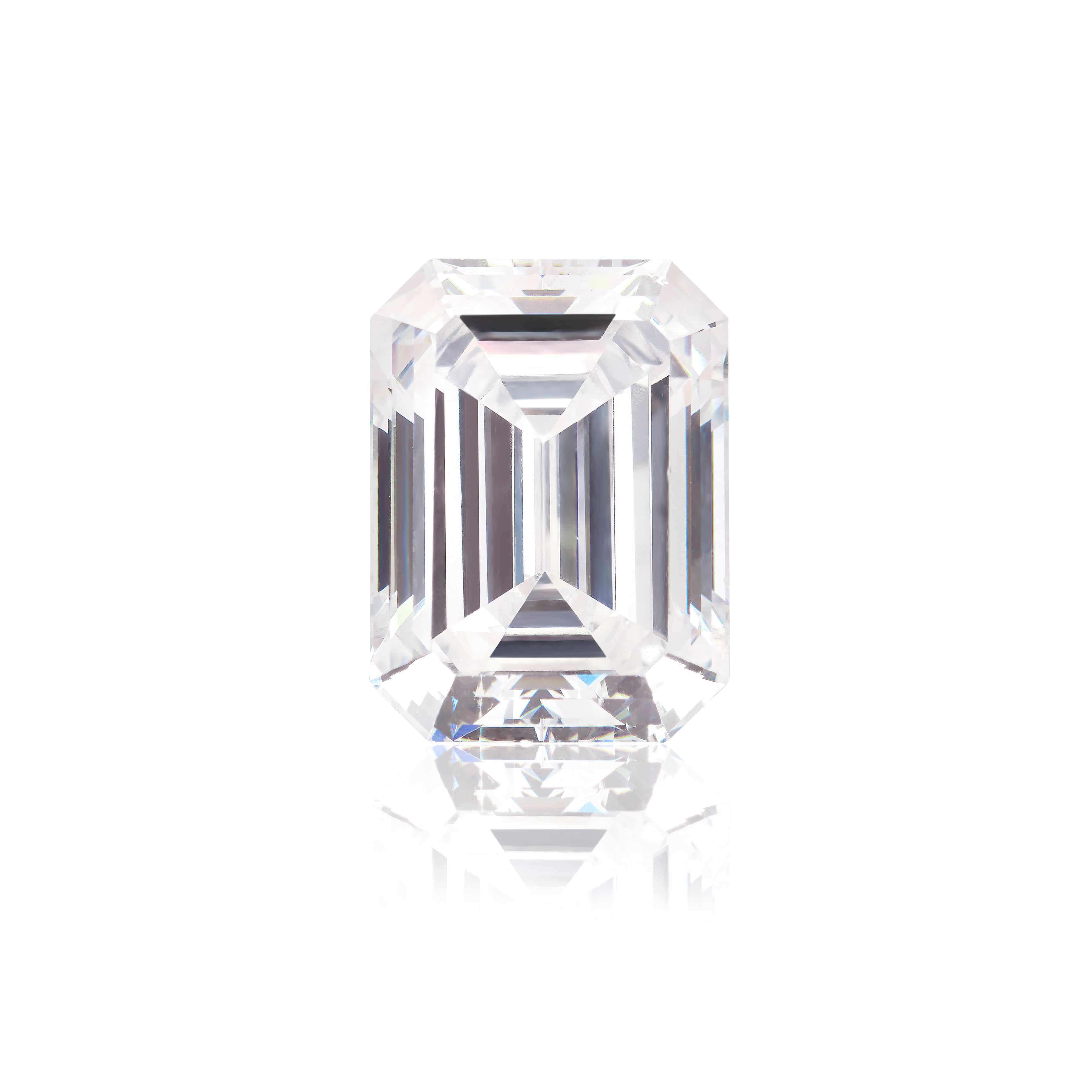
Emerald Cut
Usually rectangular in shape, the Emerald Cut is unique because of its pavilion, which is cut with regular facets to create an unusual optical appearance. Its larger, open table highlights the clarity of a diamond, meaning the shape is more transparent and often requires a higher standard of clarity.
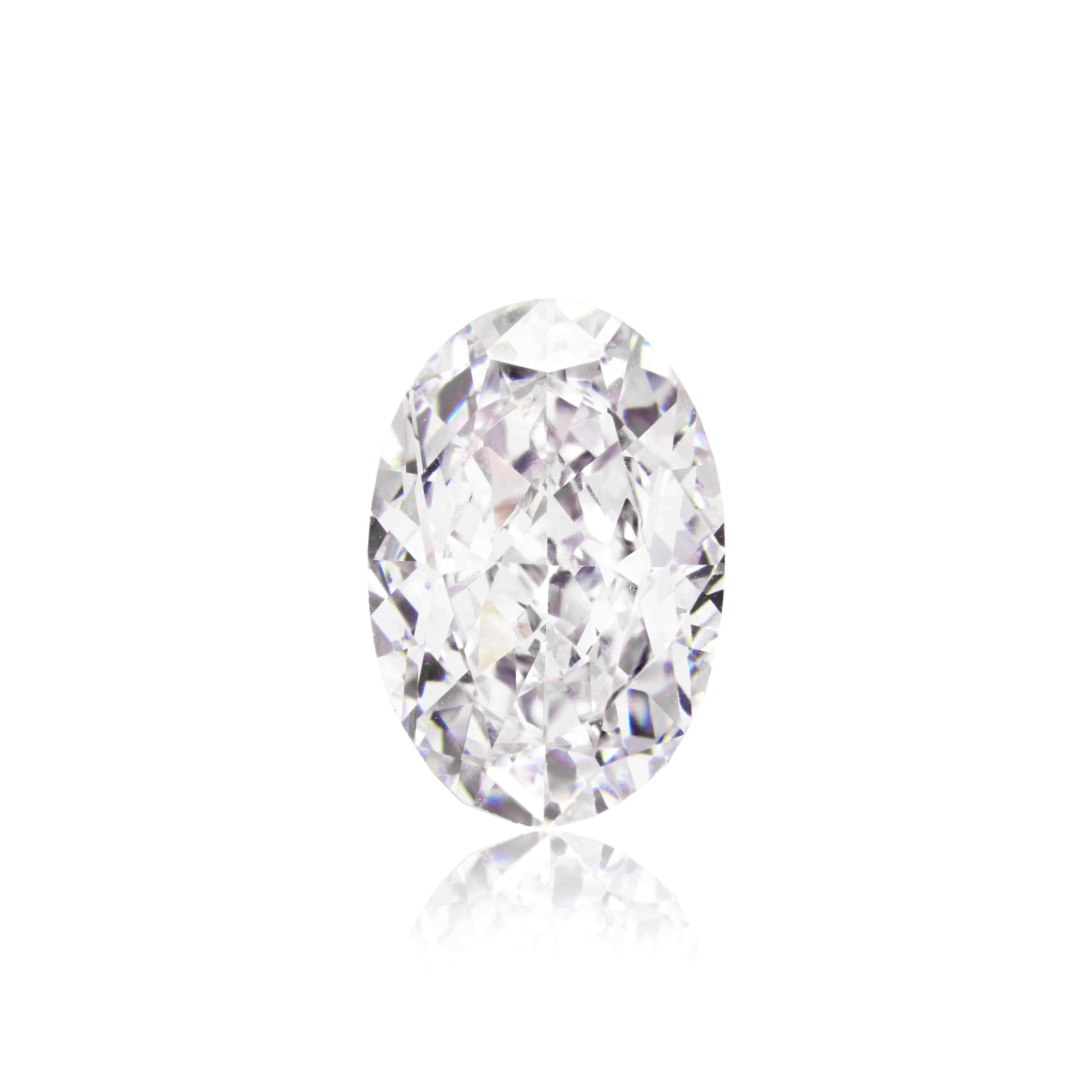
Oval Cut
A combination of the traditional round brilliant shape with the marquise cut, the shape emits nearly as much brilliance as the round. Their elongated shape is flattering on the hand and often appears larger than a round diamond of equal carat weight.
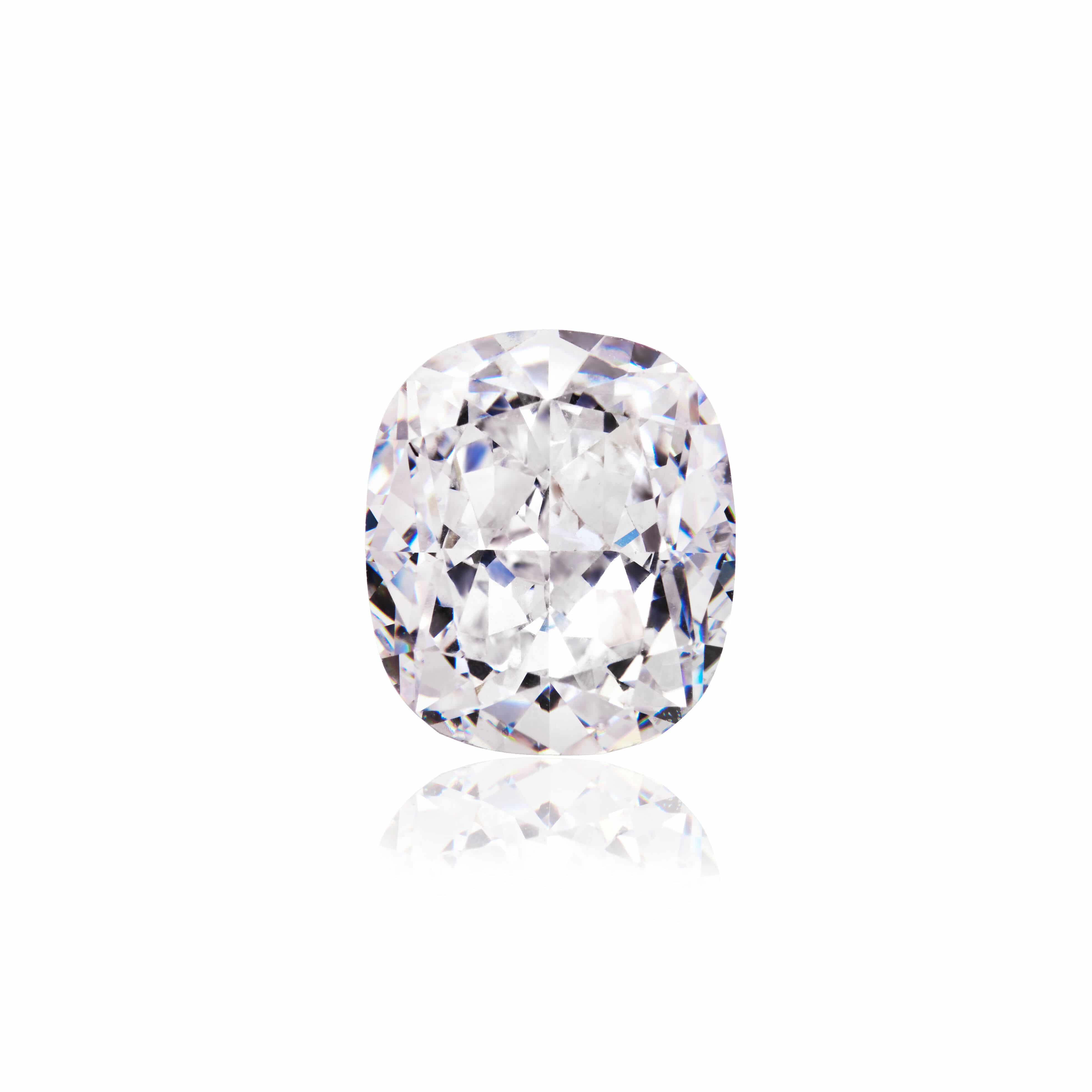
Cushion Cut
Predominantly square, but sometimes rectangular, the Cushion Cut (also known as Pillow Cut) has rounded corners and larger facets to increase their brilliance. Its larger facets highlight the clarity of a diamond, meaning the Cushion Cut usually requires a higher standard of clarity than other cuts.
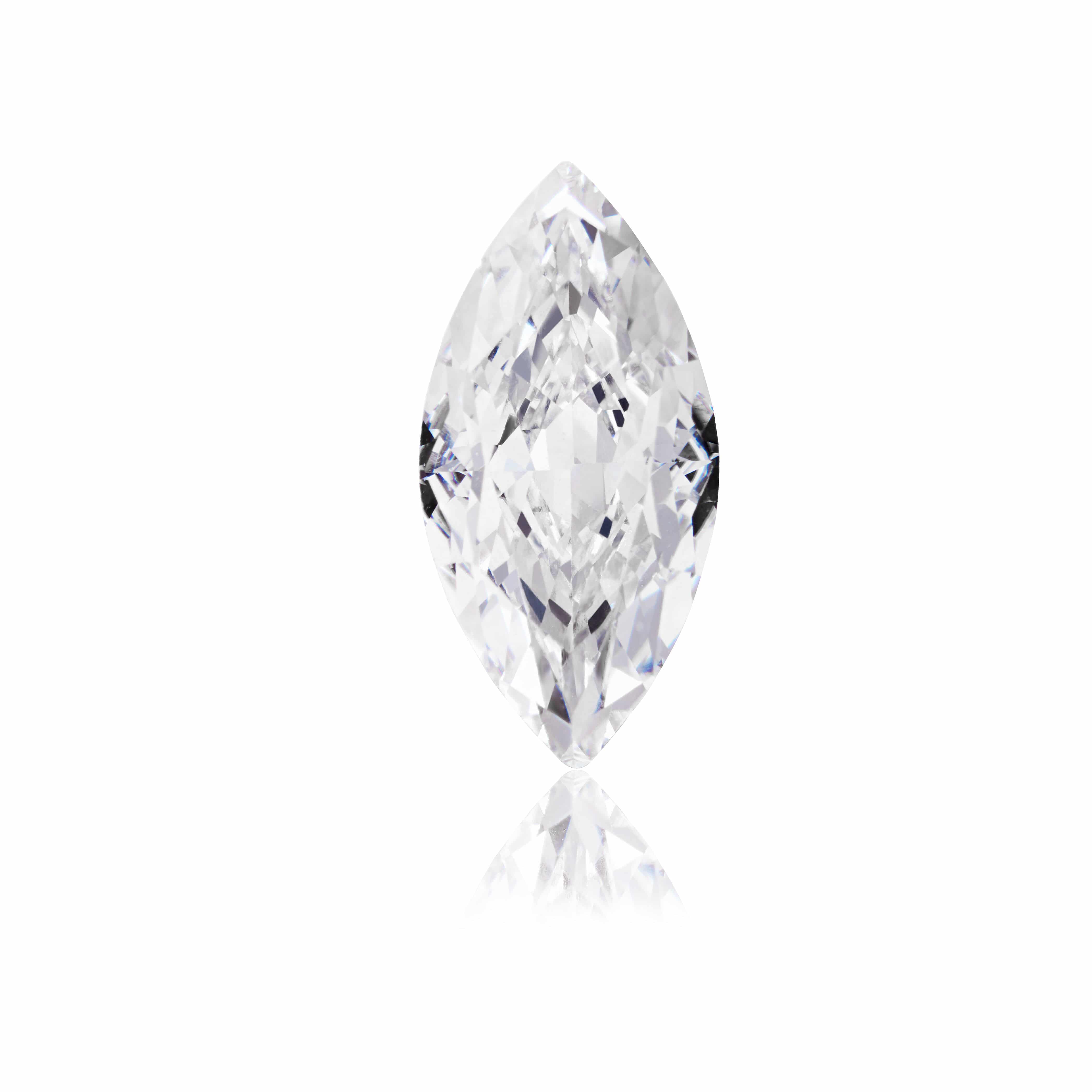
Marquise Cut
It is believed the marquise cut was created for King Louis XIV who wanted a diamond that represented the smile of Marquise de Pompadour. Its shape creates a much-larger looking diamond for its carat weight than many other shapes and the shape of the diamond is very flattering on the hand.
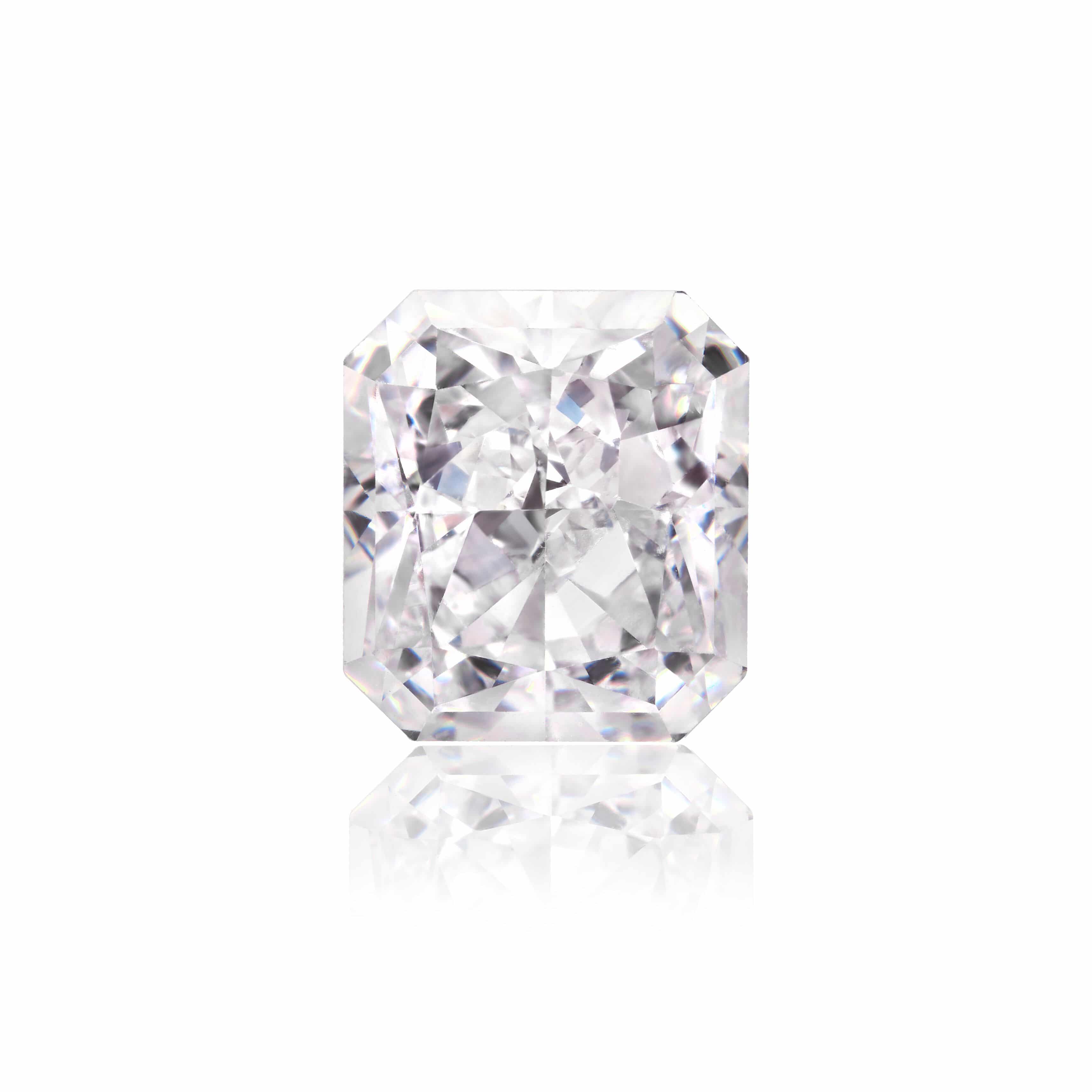
Radiant Cut
The Radiant Cut is a relatively new style. A stunning combination of the traditional round cut and an elegant emerald cut, this type of diamond has a square, near-square or rectangular orientation. The unique cut emits a beautiful soft glow.
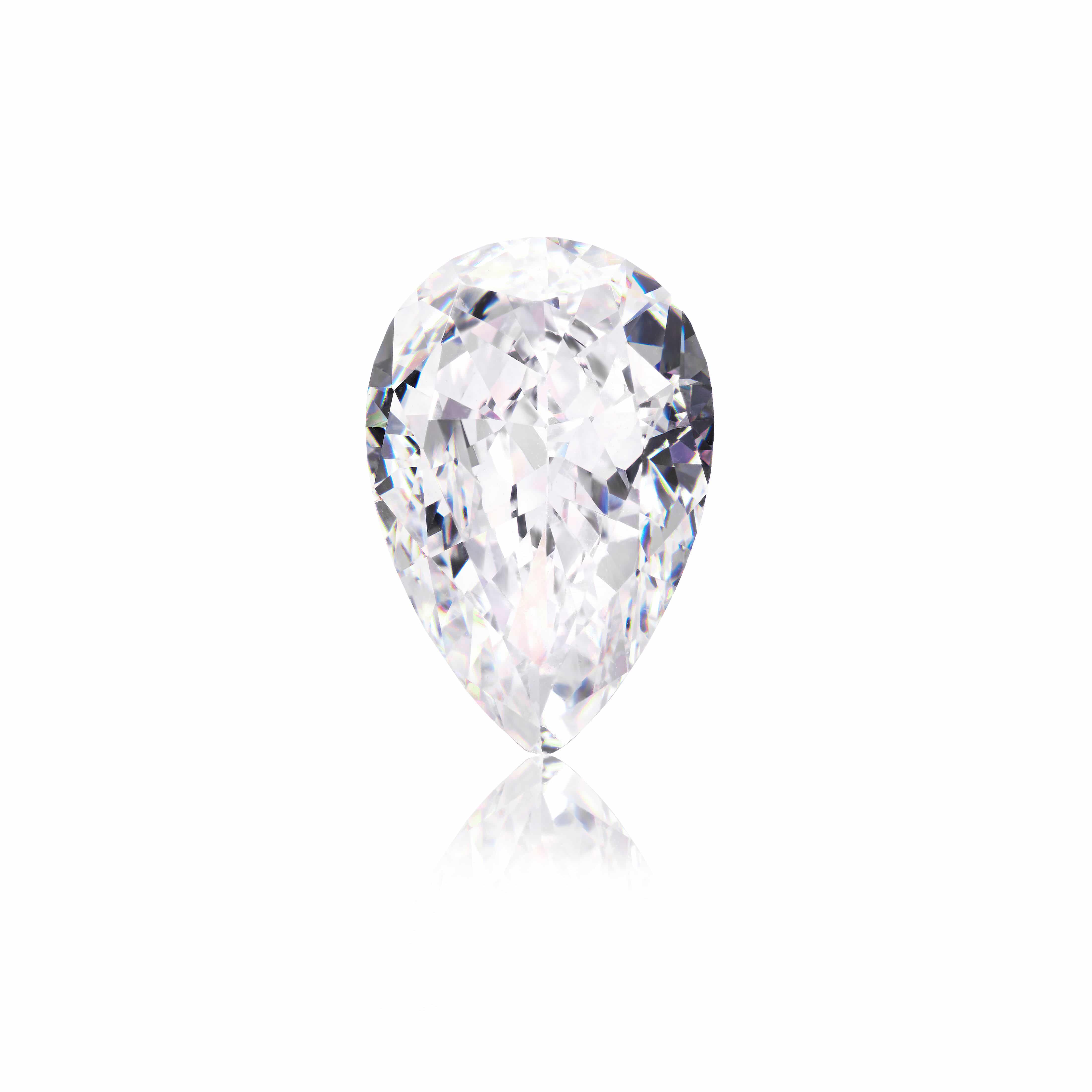
Pear Cut
The pear cut diamond is the perfect combination of the brilliant and marquise styles. Forming a tapered teardrop, it has a unique look and looks very elegant on the hand. Shapes vary from quite broad to elongated.
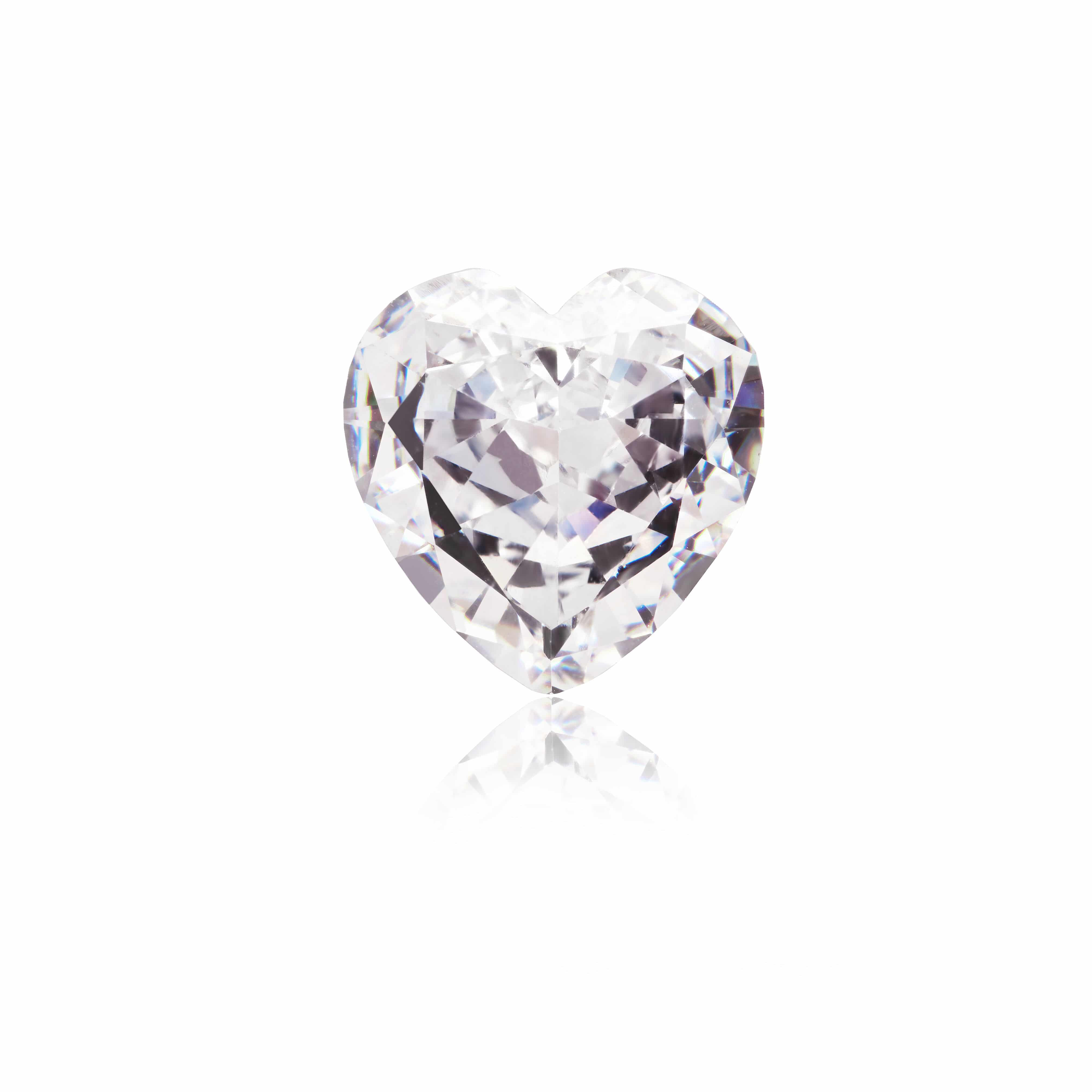
Heart Cut
Synonymous with love and happiness, the heart cut is the ultimate symbol of romance and the perfect choice for an engagement ring. With the right cut and finish, a heart cut diamond is a fiery gem with incredible sparkle and radiance.
At Whitakers, we understand that choosing a diamond is about more than just a purchase; it’s about finding a symbol of love, commitment, and life’s most meaningful moments. A piece that will be cherished for a lifetime, and we’re here to guide you in making it truly unforgettable.
